Ertach Kernow - Cornish census and surveys
Cornish census and surveys are an important tool for family historians and genealogists who rely heavily on them. census records have been collected and compiled since the Population Act of 1800. The first meaningful census mentioning people by name was in 1841 taken on Sunday 6th June, this lacked many of the refinements appearing in later census records. Today these ten yearly census’ are carried out to help build a detailed snapshot of our society. The census information allows central government and local authorities to plan, fund services and develop policies. Many other organisations and businesses use these statistics in planning their own activities. Far down the pecking order of importance is the use of historic census and surveys to aid family historians. This is really just a by-product but now a huge business in its own right.
We know that the first major collection of information through a survey was carried out by William I, now known as Domesday. This was all about raising tax and absolutely nothing about welfare, providing the king with information about land, animal stocks and numbers of people. Few people were mentioned bar mainly the tenants in chief. Cornwall like the English counties was recorded and through this we know something about the early settlements their sizes and population.
During the latter half of the 18th century there were concerns and debate about population issues. In 1798 the Reverend Thomas Malthus, published ‘An Essay on the Principle of Population’ now generally known as Malthusianism theory. Concerns may have encouraged the use of census to better understand the population of Great Britain beyond the estimates being made based on parish records of baptisms and burials. Those records themselves had been introduced by Thomas Cromwell during the reign of Henry VIII but were often poorly kept and incomplete.
So, how did the ten yearly census we all experience today come about? The blame or acclaim depending on your opinion can be levied at two members of parliament representing constituencies in Cornwall, albeit not Cornishmen. In 1753 Thomas Potter one the two members representing the St Germans constituency proposed a Parliamentary Bill to combine a national head count with a system of civil registration of births, marriages and deaths. This was an idea quite ahead of its time but was quashed in the House of Lords through the opposition of the clergy who felt it would cause decline of the use of parish churches for baptisms, marriages and burials. Although not passed it stirred the idea of a national census which would be brought before parliament in 1800 by Charles Abbot MP for the Cornish borough of Helston. There was much hunger at the time and Abbot felt that knowing accurate population numbers would assist government plans with the effective distribution of grain supplies. The Population Act received royal assent in December 1800.
Searching for some of Cornwall’s larger settlements in the earliest Domesday survey most will not be found. Major towns such as Newquay, Falmouth, Penzance, St Austell, Redruth, Camborne and Bude had no mention whatsoever even in their earliest form. Some such as Bodmin and Padstow were, due to their ecclesiastical connections with the canons of St Petrocs, named as tenants in chief. Other early church connections have allowed smaller villages to survive from these early records through to today including St Neot’s, St Kevern, St Buryan, St Enoder, and Probus. Others have survived through the ages as substantial settlements for other reasons which may not be self-evident. Helston may have been an administrative centre based on its place name as Henlistone 1086, the elements, hen (former) lys (court). Callington named Calweton in 1086 meaning forest grove grew into a market town and perhaps its location within Cornwall was fortunate. Others controlled by Robert of Mortain, the de facto earl of Cornwall, like Launceston had fortifications and was the administrative capital of Cornwall. Although Bodmin as an ecclesiastical centre existed both Lostwithiel and Truro would need to wait a while longer before having their own days in the sun as capital towns of Cornwall.
By the time of the first modern census, which provided statistics for population, housing and basic employment in 1801 Cornwall’s major towns were beginning to appear. Thomas Martyn’s map of 1748 had by now even identified Newquay’s existence, which would not rise to any great prominence until the late 19th century. The 1801 census split the settlements into Cornwall’s nine historic administrative hundreds and then parishes, with some towns mentioned individually. Although not actually mentioned the influence of mining can be clearly seen by population distribution of the total population of Cornwall at 188,269 persons. Penwith (population 42,226) was the most populated hundred followed by Powder (36,414) and Kerrier (31,358) meaning these three hundreds accounted for over 58% of Cornwall’s population. Occupations which were not agricultural, trade, manufacturing or handicrafts amounted to 68% of jobs in these three hundreds, against an average of 59% for Cornwall as a whole. Is it no wonder that in later decades so many Cornish people emigrated when the mining industry began its decline.
The 1801 census showed towns and mining parishes having far greater populations than the trading or administrative centres except perhaps Penzance and Falmouth which were growing harbours. Camborne (4,811) Redruth (4,894) Penzance (3,382) St Austell (3,783) Kenwyn - Parish (4,017) St Agnes - Parish (4,161) Truro (2,358) Bodmin (1,951) Liskeard (1,860) Saltash (2,150) Launceston (1,483) Falmouth (3,684) Lostwithiel – Parish (743) St Columb Minor - Parish (999) Lostwithiel once a major trading town and administrative centre has seen a decline in importance and the parish of St Columb Minor including Newquay, now a major Cornish town, was in 1801 an underpopulated area with small amounts of mining and fishing likely making up the majority of its populations occupations. This would have also been the case around the coast at small harbour settings where fishing was an important and historic part of Cornwall’s economy, especially seine pilchard catching and processing.
From this first census to the 1841 census, which provided information relating to each person residing in Cornwall, the system of recording was through historic hundreds and parishes. That would change from the 1851 census when registration districts were introduced. The total 1841 population was 341,279 an increase of over 153,000 in just 40 years with the same three administrative hundreds showing largest populations of Penwith (89,475), Powder (68,143) and Kerrier (58,080) still showing highest numbers totalling 215,698 people 63% of Cornwall’s population. Comparing the same towns as in 1801 they had the following number of residents; Camborne (10,061) Redruth (9,305) Penzance (8,578) St Austell (10,320) Kenwyn - Parish (9,553) St Agnes - Parish (7,737) Truro (3,943) Bodmin (4,205) Liskeard (4,286) Saltash (2,963) Launceston (2,460) Falmouth (4,844) Lostwithiel – Parish (1,186) St Columb Minor - Parish (1,681). Large increases had been seen in other parishes as well such as Gwennap with St Day – Parish (10,794) with a population increase of 6,200 and St Just (7,047) with an increase of 4,268. These comparisons are like for like and in due course many outlying villages and parish populations would be integrated within larger towns and registration districts. What it does indicate is the largest ever percentage increase of Cornish population over 40 years of over 81%. This period also saw the huge expansion of the mining industry prior to the sharp decline of about 25 years later. This was also a period when fishing was still abundant, and the coastal ship trading was also growing both to service the larger population through imports and the export of mine production.
The overall population of Cornwall would continue to rise reaching a 19th century peak of 369,390 in 1861 and this period captured by census information and other data indicates the wealth being created in Cornwall. Yes there were the ‘Hungry Forties’ for many workers and poor families but the population continued to grow. Then came bust with population numbers beginning to fall. This reflected the migration of Cornish miners and families generally resulting from the failure of Cornish mining, but also to escape the poverty that was self-evident within the Cornish economy. This would continue throughout the 19th century and into the first decades of the 20th century both before and after WWI. The 1861 peak would not be surpassed until the 1970’s after which the population increased rapidly with continued emigration by Cornish people being more than offset by inward migration.
Census data introduced to help government and local government understand and create policies to advantage the population often seems to have brought little relative profit to Cornwall. Great wealth being created during the 19th century saw little benefit for ordinary Cornish folk. What happened and why were Cornwall’s rich resources not better shared to the natural population in both the short and long term? Are we continuing to see the repercussions of the past, today? Have recent central government and local authority policies encouraging inward migration of thousands of people per year improved the lives of long-term Cornish families? It seems not with continued issues of poverty and depravation causing Cornwall to remain one of the poorest areas of the United Kingdom? Perhaps future census enquiries should have greater focus on local areas and issues, better to understand and highlight needs and wants from across the that population. Many Cornish folk would also say that it should include the much-desired Cornish minority ethnic tick box as well.
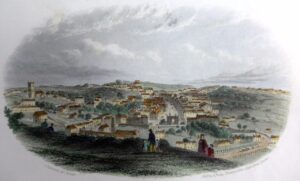
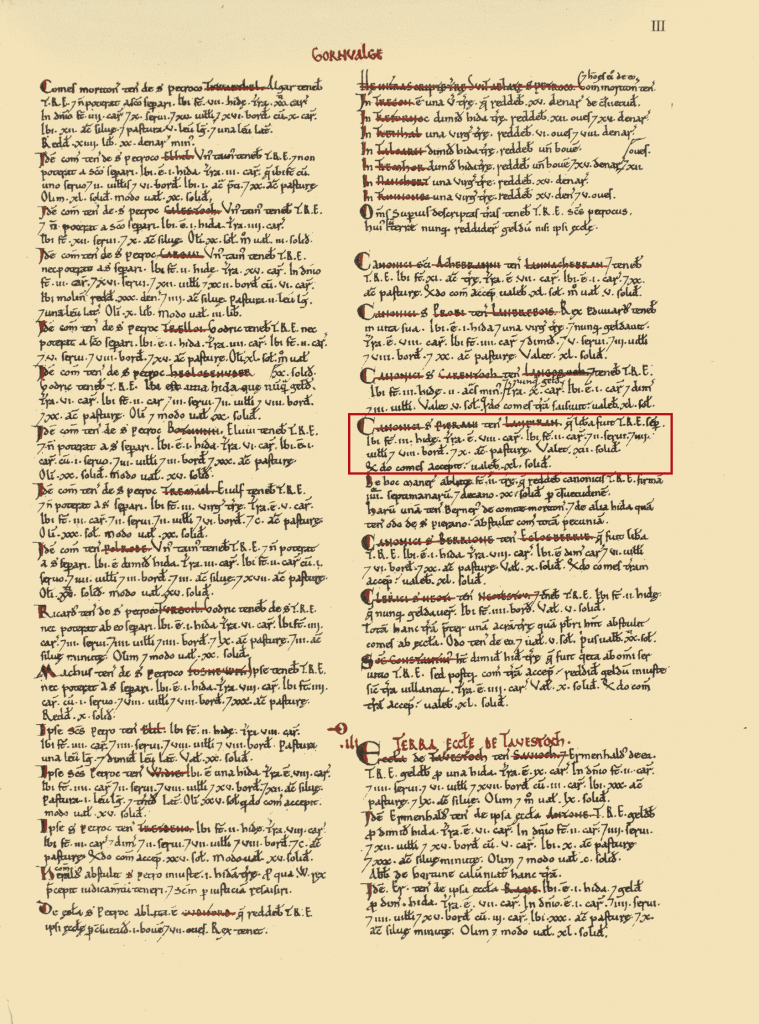
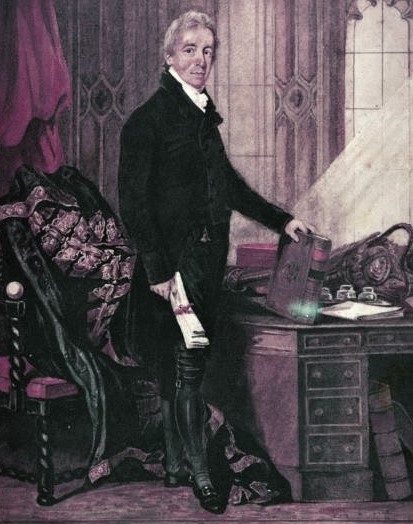
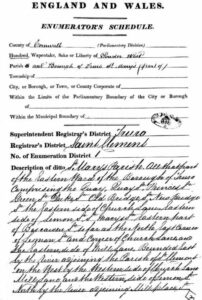
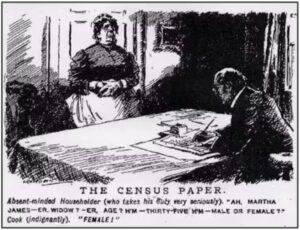
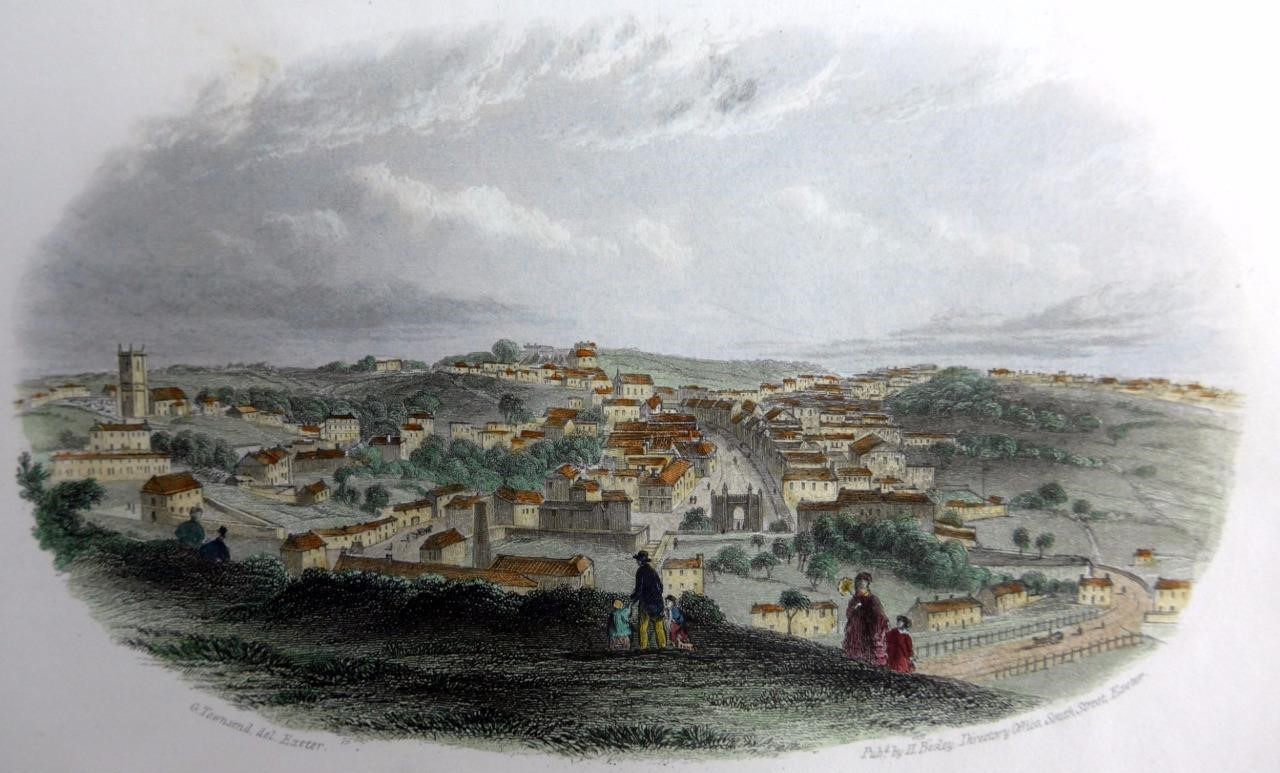
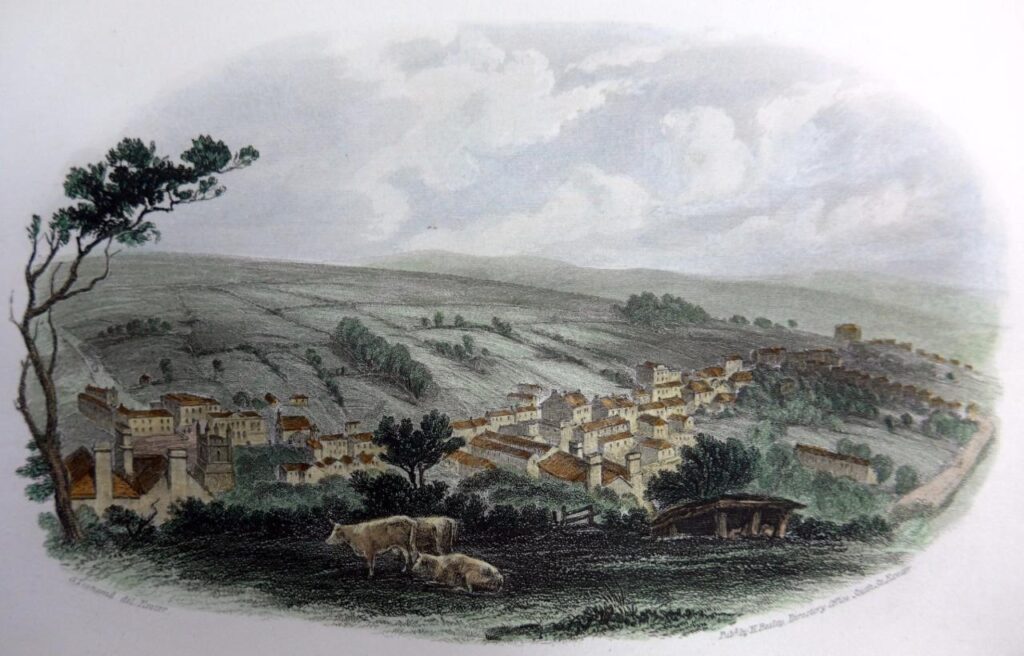
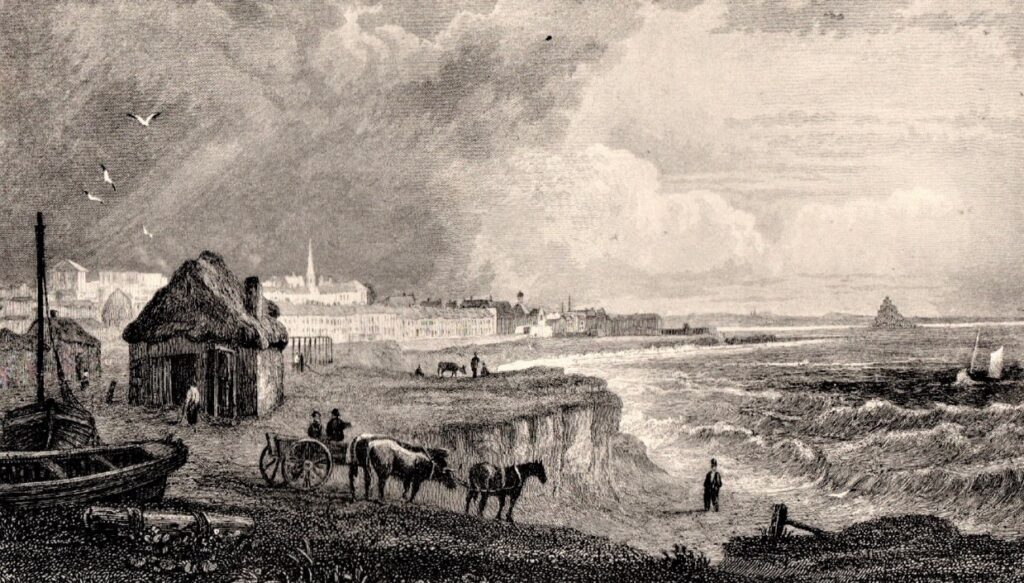
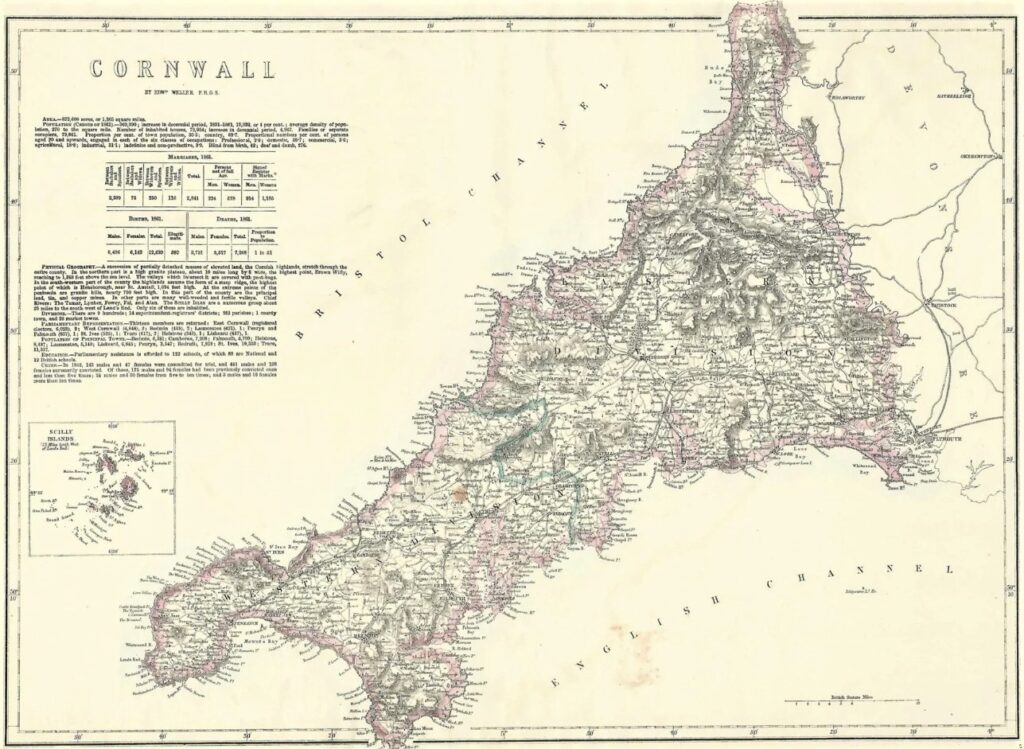

![Ertach Kernow 07.06.2023[2] Cornwall Census' and Surveys](https://www.cornwallheritage.com/wp-content/uploads/2023/06/Ertach-Kernow-07.06.20232-254x300.jpg)
![[154] Ertach Kernow Heritage Column - 7th June 2023 - Cornwall's art & artists Ertach Kernow Heritage Column - 7th June 2023 - Cornwall's art & artists](https://www.cornwallheritage.com/wp-content/uploads/2023/06/154-Ertach-Kernow-Heritage-Column-7th-June-2023-Cornwalls-art-artists-291x300.jpg)